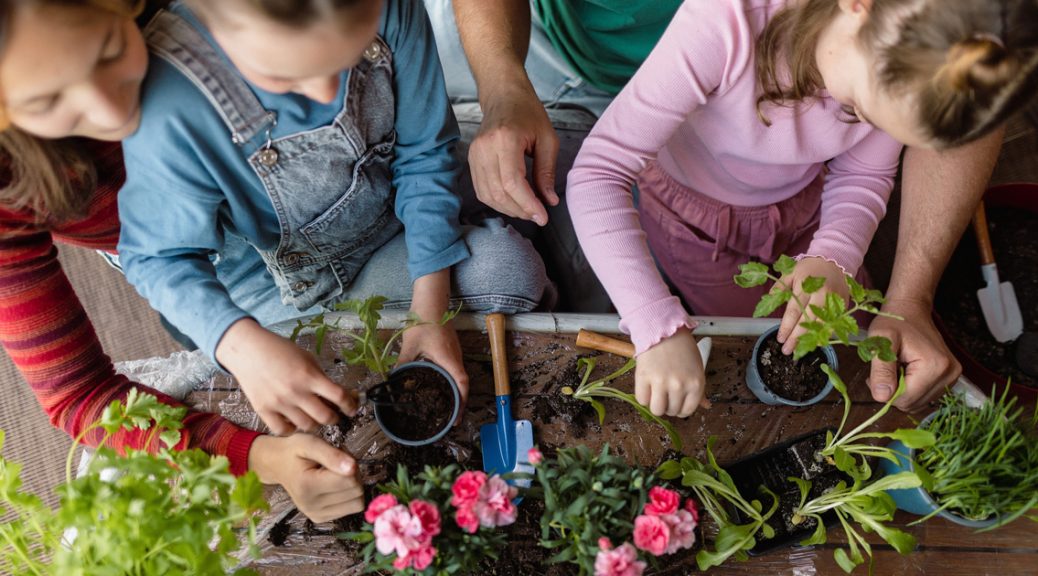
Easy Ways to Get Little Green Fingers Involved in Gardening
Spring is here, and that means longer days, warmer weather, and the perfect excuse to get outside! If you’re looking for a fun and educational way to keep little hands busy, gardening is a fantastic option. Not only does it teach patience and responsibility, but it also sparks curiosity about nature and how things grow. Plus, nothing beats the joy on a child’s face when they see the first sprout pop up from the soil!
Here are some easy and exciting ways to introduce children to gardening and help them grow their own little green fingers.
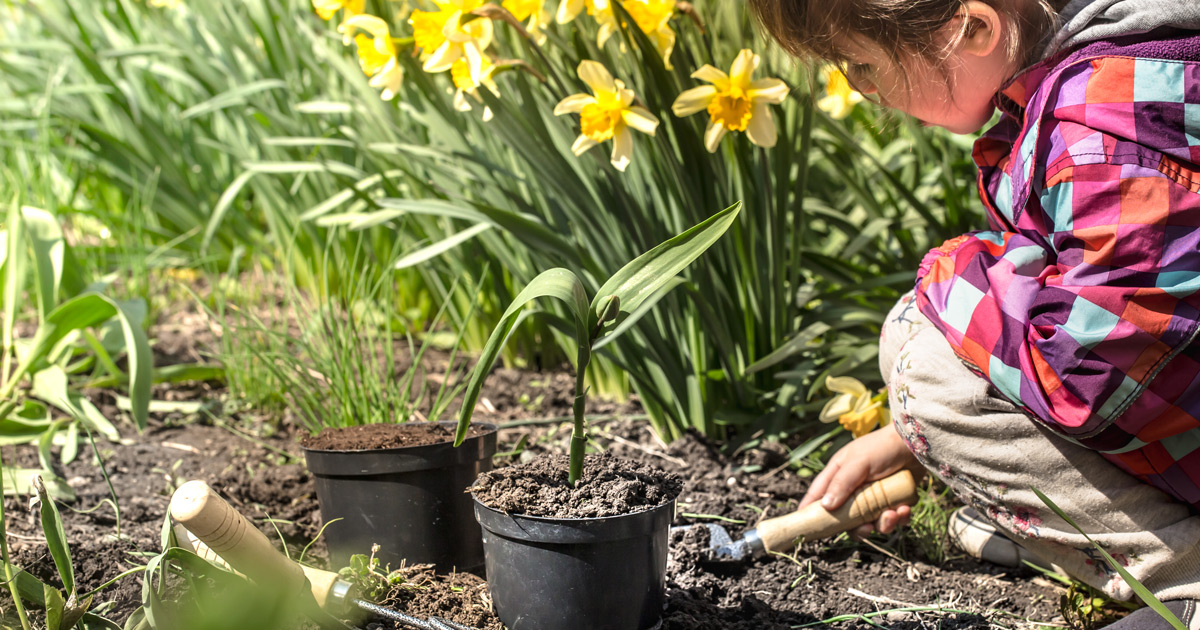
1. Start with Easy-to-Grow Plants
When it comes to gardening with children, success is key! Choosing plants that grow quickly and easily will keep them engaged and excited. Some great options include:
- Sunflowers – These towering beauties grow fast and are fun to measure as they shoot up.
- Radishes – Perfect for impatient little gardeners, radishes can sprout in as little as three days.
- Strawberries – Sweet, juicy, and rewarding, strawberries are a hit with children!
- Sugar Snap Peas – Easy to grow and even easier to snack on straight from the plant.
- Marigolds – Bright and cheerful, marigolds are simple to grow and great for deterring pests.
Let your child pick out their seeds and plant them in small pots or a dedicated patch in the garden. Watching their chosen plants grow will give them a real sense of accomplishment!
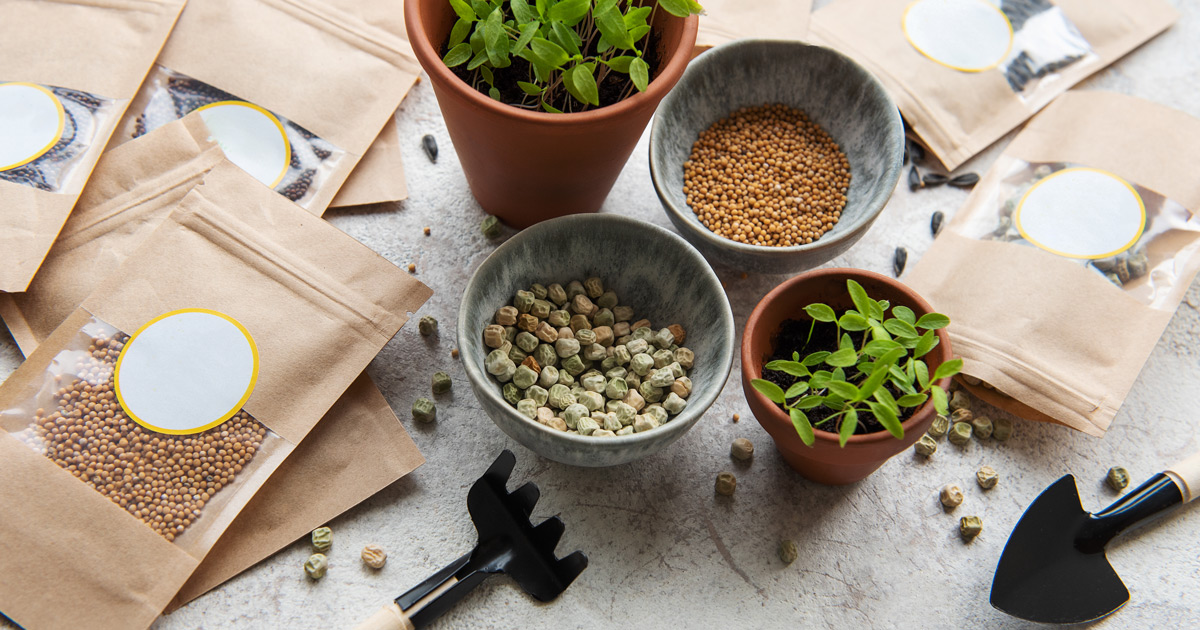
2. Make Gardening a Playful Adventure
Gardening doesn’t have to be all about digging and watering—it can be a full-on adventure! Here are some ways to turn it into a fun-filled activity:
- Create a Fairy or Dinosaur Garden – Set up a tiny world using small plants, pebbles, and miniature figures.
- Make a Mud Kitchen – Let children mix soil, leaves, and water to create “soups” and “potions.”
- Grow a Bean Teepee – Plant climbing beans around a small frame to create a magical hideaway.
- Hunt for Bugs – Teach children about beneficial insects like ladybirds and earthworms.
By making gardening playful, children will naturally develop an interest in plants and nature.
3. Get Hands-On with DIY Garden Crafts
If your little one loves arts and crafts, why not combine creativity with gardening? Here are some fun DIY projects to try:
- Decorate Plant Pots – Grab some paint, stickers, or markers and let children personalise their own flower pots.
- Make Seed Bombs – Mix seeds with soil and clay, then toss them into the garden or a wildflower patch.
- Create Garden Markers – Use wooden spoons, painted rocks, or craft sticks to label plants.
- Build a Bug Hotel – Stack small logs, pinecones, and bamboo to create a shelter for friendly insects, or check out our paint your own bug hotel.
These projects are a great way to keep children engaged in gardening even on rainy days!
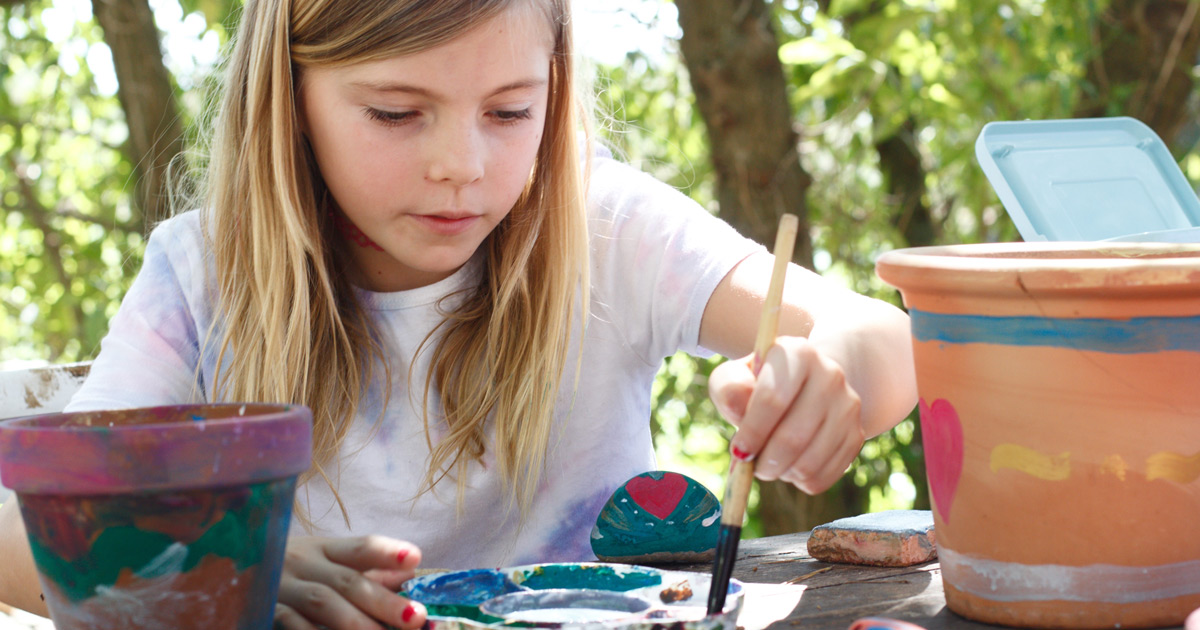
4. Give Them Their Own Gardening Tools
Using grown-up tools can be tricky (and sometimes unsafe) for little hands, so consider getting child-sized gardening tools. Look for lightweight trowels, small watering cans, and sturdy gloves designed for children. Having their very own set of gardening tools will make them feel important and encourage them to get involved.

5. Teach Responsibility with Daily Tasks
Gardening is a wonderful way to introduce children to responsibility. Giving them daily tasks like watering plants, checking for weeds, or harvesting vegetables helps build a sense of ownership. You can even create a simple watering chart or plant progress journal where they can track their garden’s growth.
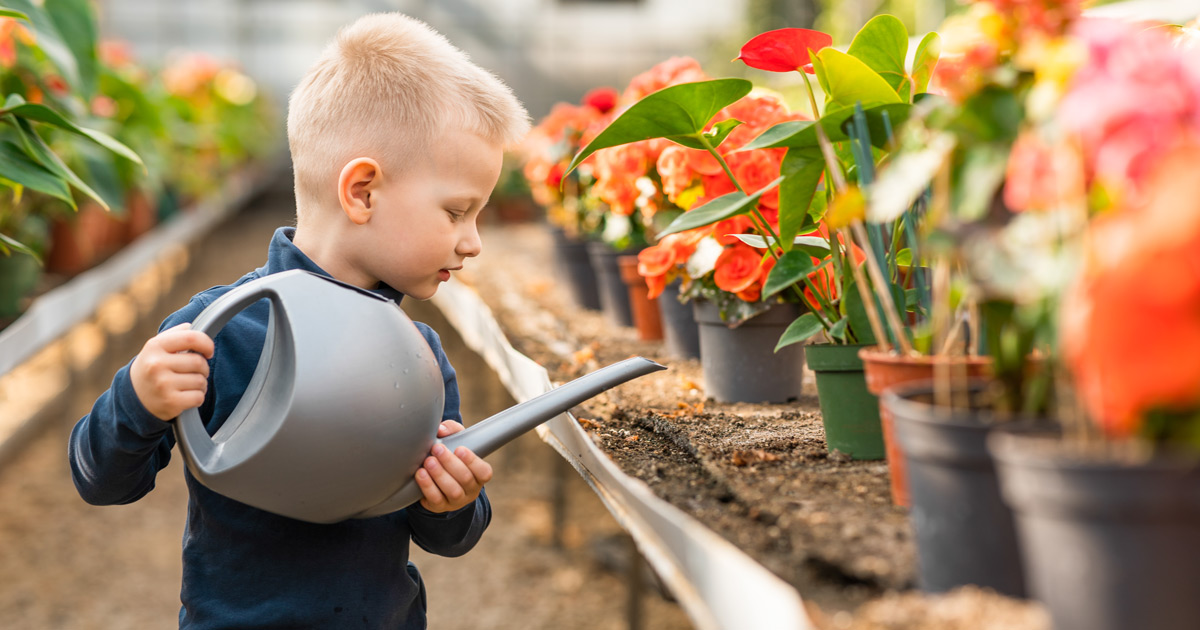
6. Celebrate Their Success!
Once those first flowers bloom or vegetables are ready to harvest, make a big deal out of it! Take photos, share their success with friends and family, and enjoy the fruits (or veggies) of their labour together. If you’ve grown something edible, involve them in cooking a simple meal, like a strawberry smoothie or a salad with homegrown lettuce.
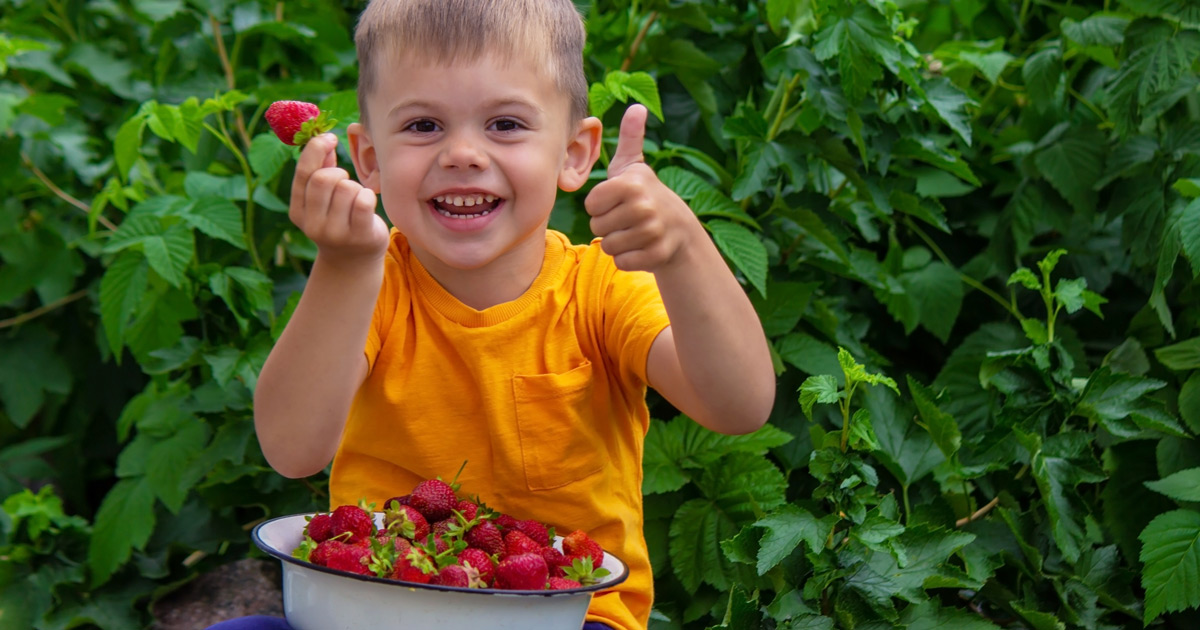
7. Connect Gardening to Learning
Gardening naturally ties into so many learning opportunities, from science to maths. Here are some ideas:
- Count seeds and measure plant growth – Great for early maths skills.
- Learn about life cycles – Discuss how seeds turn into plants, then produce flowers and fruit.
- Experiment with plant needs – Test what happens when a plant gets too little water or sunlight.
- Introduce composting – Teach children how kitchen scraps turn into nutritious soil.
By making these connections, gardening becomes more than just an activity—it becomes an enriching experience.
Gardening is a wonderful way to encourage children to spend time outdoors, learn new skills, and appreciate the magic of nature. With a little patience and a lot of fun, you’ll be amazed at how excited they’ll be to dig in the dirt and watch their garden grow.
If you’re looking for gardening kits, child-friendly tools, or nature-themed toys to complement your outdoor adventures, check out our outdoor toys range on Mulberry Bush’s website!
Happy gardening!